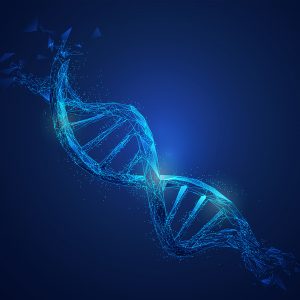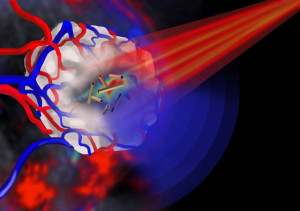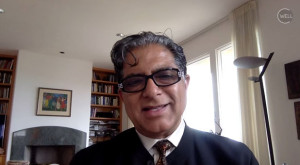 Topic Close-up #15
Topic Close-up #15
Symposium B02—Carbon Nanostructures in Medicine and Biology
Extended deadline for submitting abstracts:
December 16, 2022
Submit today!
 Topic Close-up #15
Topic Close-up #15Symposium B02—Carbon Nanostructures in Medicine and Biology
Submit today!
Inspired by nature, Shelley Minteer and her research group at the University of Utah are looking for a way to merge electrochemistry and biology. With a little inspiration, Minteer aims to bring to life innovative devices that can be applied to anything from fuel cells to electrosynthesis.
“We’re looking at biological inspiration,” says Minteer. “As electrochemists, we’re looking at things in terms of the molecular biology of living cells and seeing how we can make a better electrochemical cell from that.”
The sciences of biology and electrochemistry tend to have many fundamental concepts in common. On the biological side, one can look at how humans eat and metabolize food in a comparative way to the functions of a fuel cell. Additionally, plants and electrosynthesis work similarly in the way they take in CO2 and produce fuel.
“As a group, we’re looking to see if we could use biology as our inspiration to do electrochemistry, and that has taken us into a lot of different applications,” says Minteer.

The nanotubes can be tumor-targeted and have a central ‘hollow’ core that can be loaded with a therapeutic payload.
Image: Jing Claussen (iThera Medical, Germany)
Gold nanotubes have multiple applications in fighting cancer, including internal nanoprobes for high-resolution imaging and drug delivery vehicles. With new research from the University of Leeds, we’re discovering that these gold nanotubes may also be able to give doctors the chance to treat cancer as soon as they spot it.
“Gold nanotubes – that is, gold nanoparticles with tubular structures that resemble tiny drinking straws – have the potential to enhance the efficacy of these conventional treatments by integrating diagnosis and therapy in one single system,” said Professor at the University of Leeds Institute for Biomedical and Clinical Science Sunjie Ye in a release.
The new study shows the first successful demonstration of biomedical use of gold nanotubes in a mouse model of human cancer. The researchers hope that these results will aid in the treatment of cancer and address the issue of high recurrence rates of tumors after surgical removal.

Chopra wants to know how one can physically detect the content of a thought. If you know, you could win $1 million. Source: YouTube
Want to win $1 million? Well now you can – as long as you can give a valid scientific explanation for the biological basis of a first-person experience, that is.
Deepak Chopra has posted a video on YouTube asking viewers to offer a scientific understanding for the biological basis of an idea.
This from Chopra:
Just tell me how does electrochemistry produce a thought, an idea, and you get the million dollars. I will live up to this. But it has to be a valid, scientific explanation for the biological basis of an idea.
Watch the video below.
Before taking your shot at winning $1 million, read up on some of the latest research in electrochemical by the best scientists in the field.